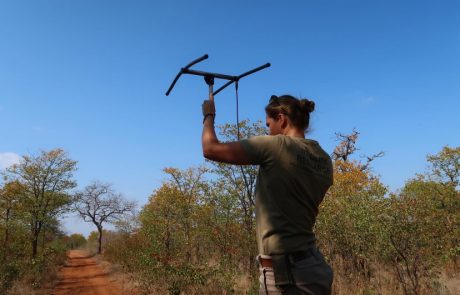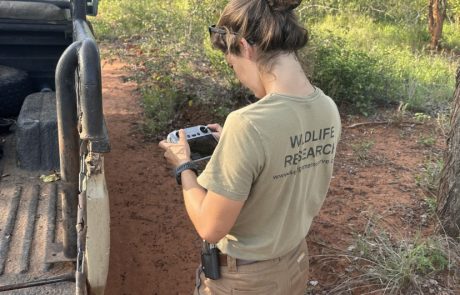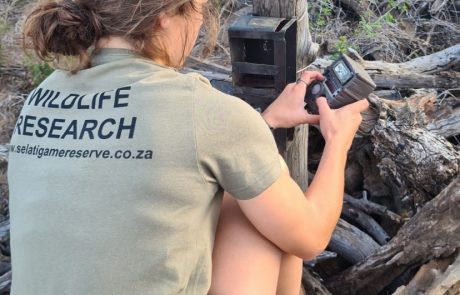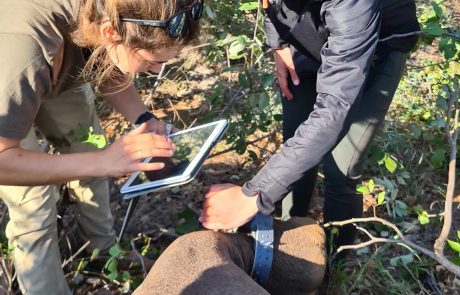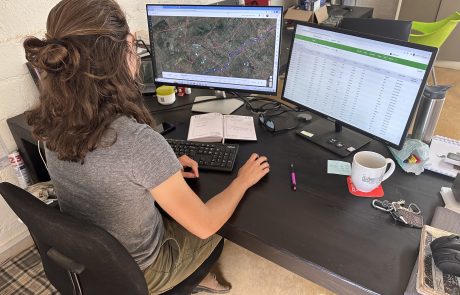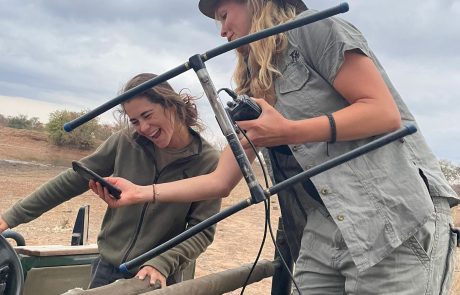Selati Blog
How Does Technology Help Selati’s Conservation Efforts?
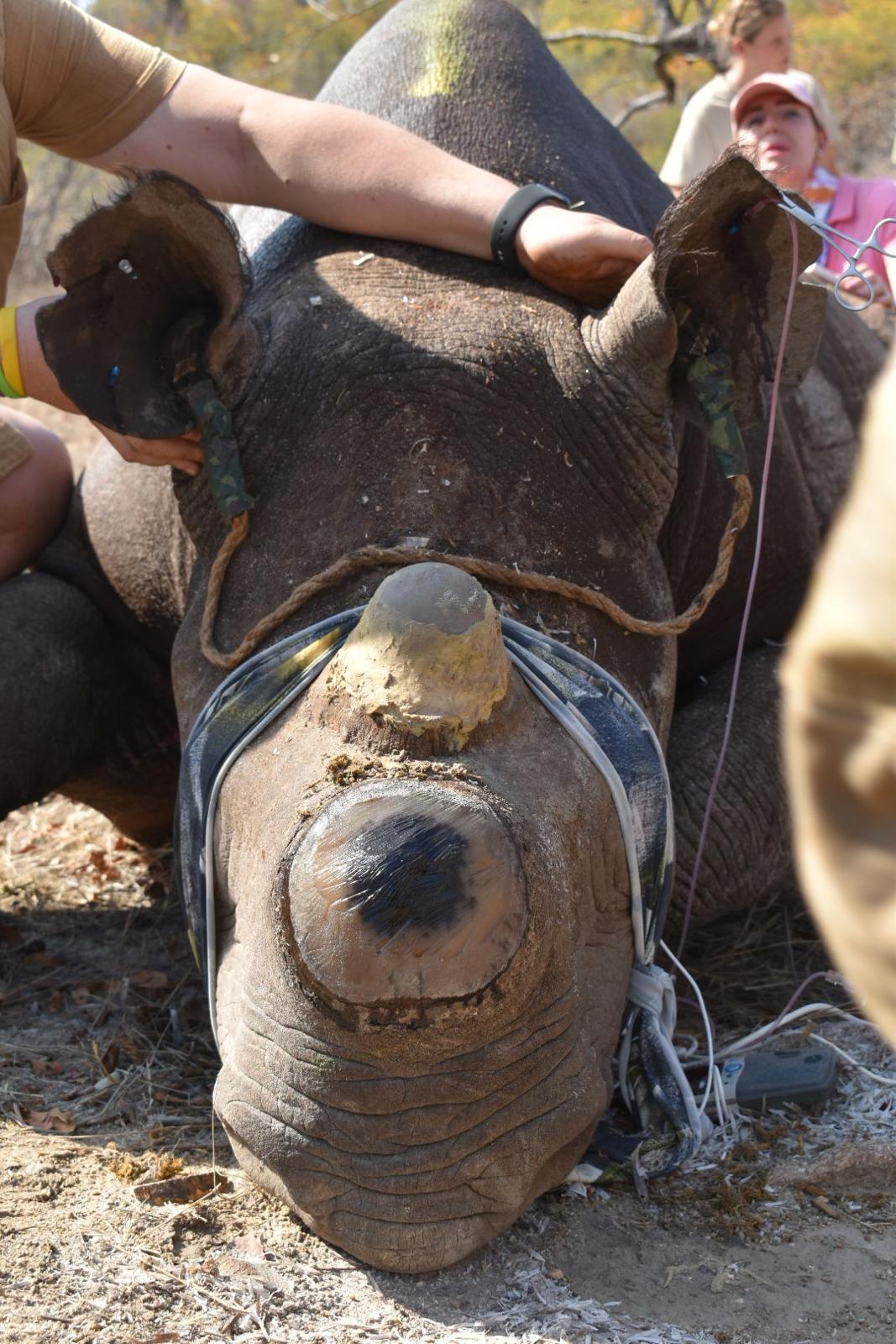
Technology and wildlife conservation? These two things are not often associated with one another. However, in the last few years technology has become indispensable in today’s conservation efforts. By providing a means for more extensive, detailed, and efficient data, modern technology has greatly improved the monitoring of wildlife and their associated threats, thereby assisting managers in making informed decisions. Over the past few years, The Selati Game Reserve has invested in different technologies with the mission of maximising the effectiveness and longevity of reserve monitoring through a harmonious platform that spans multiple departments.
Using Established Technologies
The Research Team still uses “tried and true” monitoring techniques such as camera traps and VHF collars, but has now added newer elements to their toolbox, including a drone and tracking collars with a LoRa component.
VHF (very high frequency) radio telemetry collars were one of the first real-time monitoring methods used to track individuals across a vast area. A transmitter attached to the collar on an individual pulses signals in the VHF portion of the electromagnetic spectrum at a specified frequency. Each collar has a unique frequency so that the individual can be tracked in the field. While this old technology is incredibly useful, radio telemetry can only pick up an animal’s signal if the person using the telemetry is within line of sight of the animal, which can be tricky when working in a large landscape. While newer technologies surpass certain capabilities of VHF telemetry, the equipment continues to be a technology we use every day for real-time tracking.
Camera traps have long been established as powerful tools for conservation and ecological research, allowing for 24-hour monitoring of key species with minimal maintenance required. As a non-invasive monitoring method, they also capture valuable data on more elusive species not often seen.
Monitoring Drone
One of the newest achievements is the procurement of a drone for monitoring in difficult to traverse areas. The small, almost silent drone has been instrumental for Selati’s Black Rhino Monitor. As a species, the black rhino is known for preferring dense bush with adequate browse. Because of this, it is difficult to identify the individual(s) and have an adequate view before they run off. The drone allows for less invasive monitoring with a more successful outcome, giving the monitor more insight into social interactions, body condition, and new calves that are often not visible in thick vegetation.
LoRa Network Expansion – Greatest Achievement in 2022
Towards the centre of the COVID-19 pandemic, the wildlife research team were short of hands and forced to review the current methods and practices in monitoring. With the front-end user experience in development, a new technology began to hit the conservation sector – LPWAN (Low power wide area networks), mainly SigFox and LoRa. After more research and various trials, Selati decided to invest in the LoRa (short for Long Range) technology and build their network across the reserve.
As most game reserves lack basic 3G or 4G Internet coverage, this poses a challenge for device connectivity over a wide area. Wireless IoT solutions, such as those based on (LPWAN), offer major potential for wildlife conservation efforts.IoT solutions to these parks is to cover the conservation area with a reliable network, which serves to collect data from sensors distributed throughout the area. Once end-devices are deployed and connected to the network, ecological teams can securely track wildlife movement.With the ideal topography, Selati erected three towers on the highest points of the reserve, which resulted in 95% of the reserve receiving LoRa coverage.
A landscape of LoRaWAN (Long Range Wide Area Network) gateways provide a secure network that uses a power-efficient bandwidth to send small packets of data (e.g. GPS-coordinates) over a long distance. This is ideal for near real-time animal tracking through various collars and solar devices. The LoRa protocol and technology is energy-efficient, meaning that LoRa devices can achieve a longer life span compared to traditional satellite collars.
In 2022, Selati improved their LoRa network and deployed additional LoRa units on several endangered species. In August this year, the first two LoRa horn pods were fitted onto two black rhinos during a dehorning operation. While still in the early phases of testing, this newly developed tracking device uses the newest technology and has thus far proved to be promising for the future of rhino monitoring. Beyond wildlife tracking, Selati is constantly expanding their use of the LoRa network to include vehicle trackers, remote fence voltage monitors, water tank probes, and weather stations.
Technology in conservation is becoming more and more vital for the protection of endangered species and continues to develop at a faster pace. We have seen developments in more innovative techniques and devices such as:
- Computer facial recognition
- Data management tools
- Biologger tags
- Networked sensors
- Environmental DNA (eDNA)
- Machine learning and artificial intelligence
These new and improving technologies give hope for conservation areas around the world, and the Selati Game Reserve is on the front lines of proving just how useful technology in conservation can be.
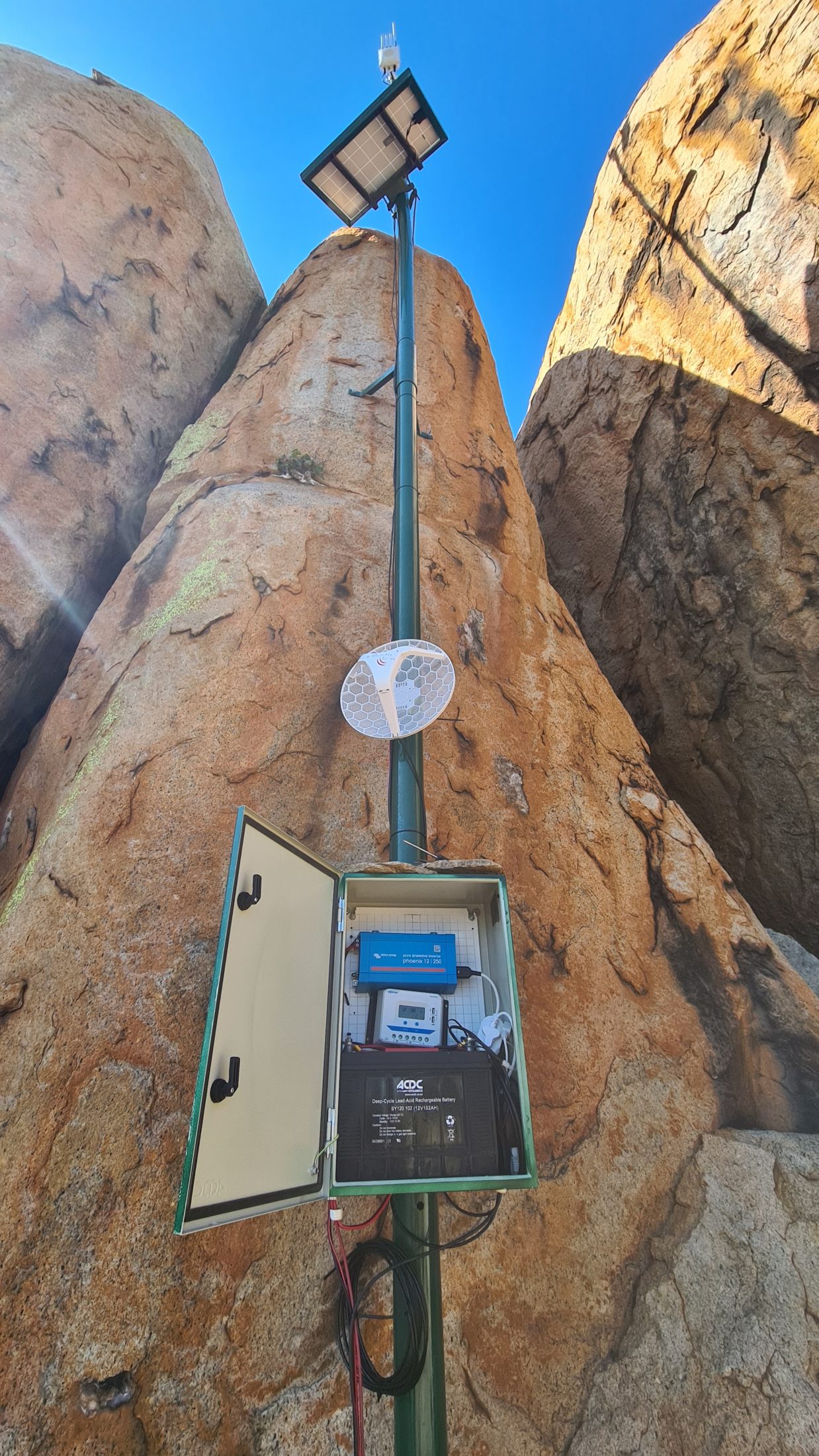
Facts & Figures
- Ecological Camera Traps: 25
- Camera Trap Photos: 10 – 15’000 / month
- VHF Collars: 19
- LoRa Network Towers: 3
- LoRa Units: 16
- Drone: 1
Thanks to the IUCN Save Our Species and EU International Partnerships Grant to the Selati Wilderness Foundation, Selati was able to improve their LoRa network with additional gateways to increase signal coverage across the reserve. This grant also allowed the installation of additional camera traps, the procurement of a drone for monitoring, and multiple LoRa tracking devices. With this new technology, 2022 saw the highest level of wildlife monitoring, and therefore protection, in the reserve’s history.

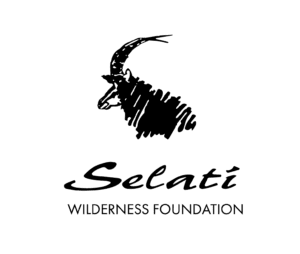
Cheetah Conservation at Selati Game Reserve
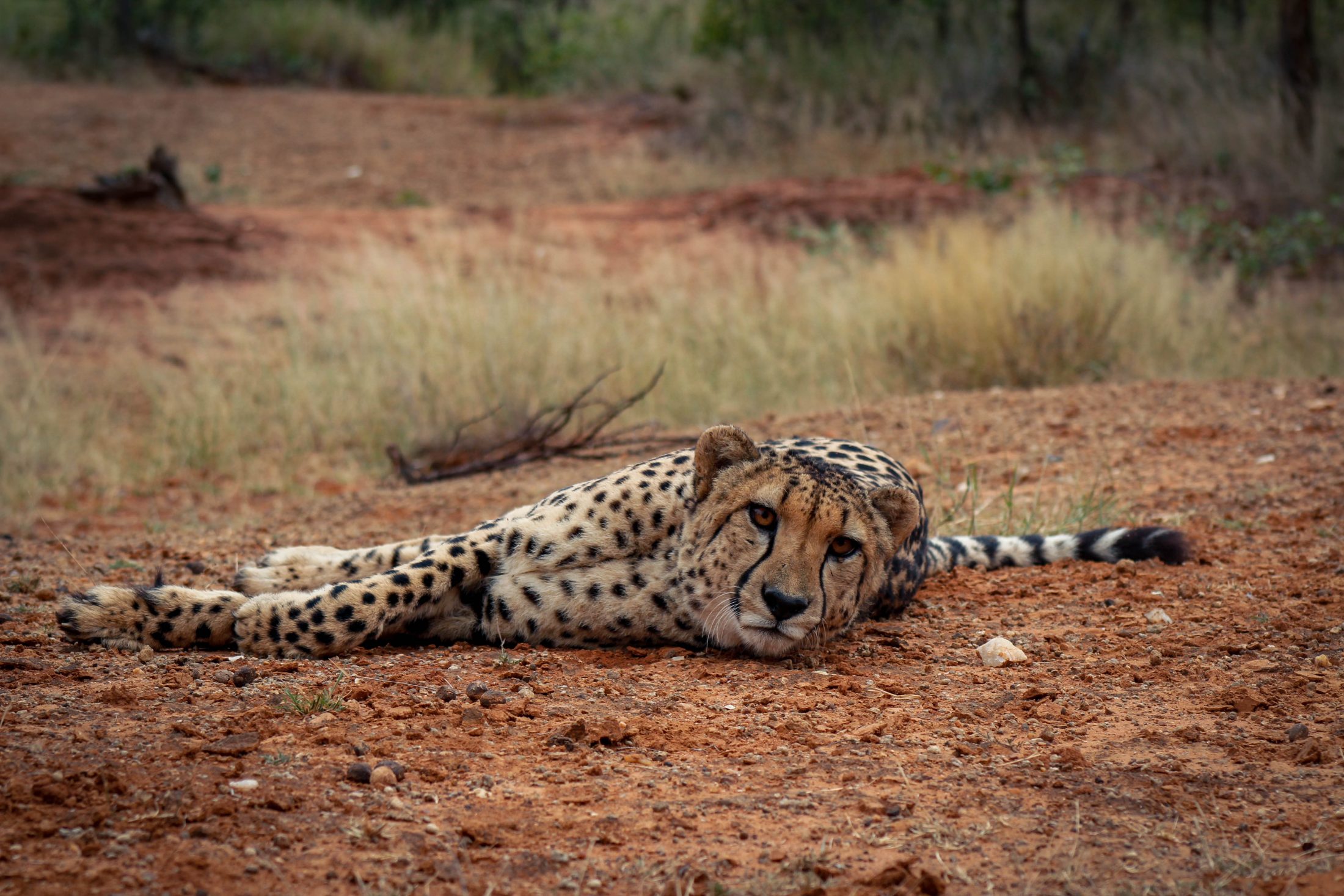
In April 2022, the Selati Research Team successfully re-collared one of our male cheetahs with a LoRa, or “Long Range”, collar. This newly developed LoRa collar replaced a previous GPS collar which was low on battery life and did not allow for as intensive monitoring. Since Selati Game Reserve introduced cheetahs in 2015, monitoring technologies have greatly improved and now allows for almost real-time tracking of each collared individual. So, why is it important to monitor our cheetahs and how does it help conserve the species as a whole?
The Problem: Cheetahs Need Our Help
The Cheetah (Acinonyx jubatus) is the fastest land animal and Africa’s most endangered big cat. According to the International Union for the Conservation of Nature (IUCN) Red List, cheetahs are listed as “Vulnerable” with less than 6,700 individuals left in the wild. Cheetahs have vanished from approximately 90% of the historic range, and despite current conservation efforts, their population trend is still on the decline.
Cheetahs face extinction pressure through habitat fragmentation, human conflict-related deaths, snaring, and the loss of genetic integrity. Historic bottlenecks in the global cheetah population have resulted in the current population having a relatively low genetic variability. Genetic bottlenecks happen when an event leads to a rapid decline in the number of individuals of a population. The few remaining individuals are then subject to inbreeding, which leads to a reduction in the gene pool. With decreased genetic variability comes the persistence of potentially harmful mutations and the reduced ability of the population to adapt to changes in their environment. It is this genetic dilemma which requires cheetahs living in fenced areas to be heavily managed, as the management is aimed at ensuring the sustainability of their long-term genetic viability. On the other end of the scale, it is human-wildlife conflict that poses the highest risk to the survival of free-roaming cheetahs, of which little is known regarding population sizes and genetics.
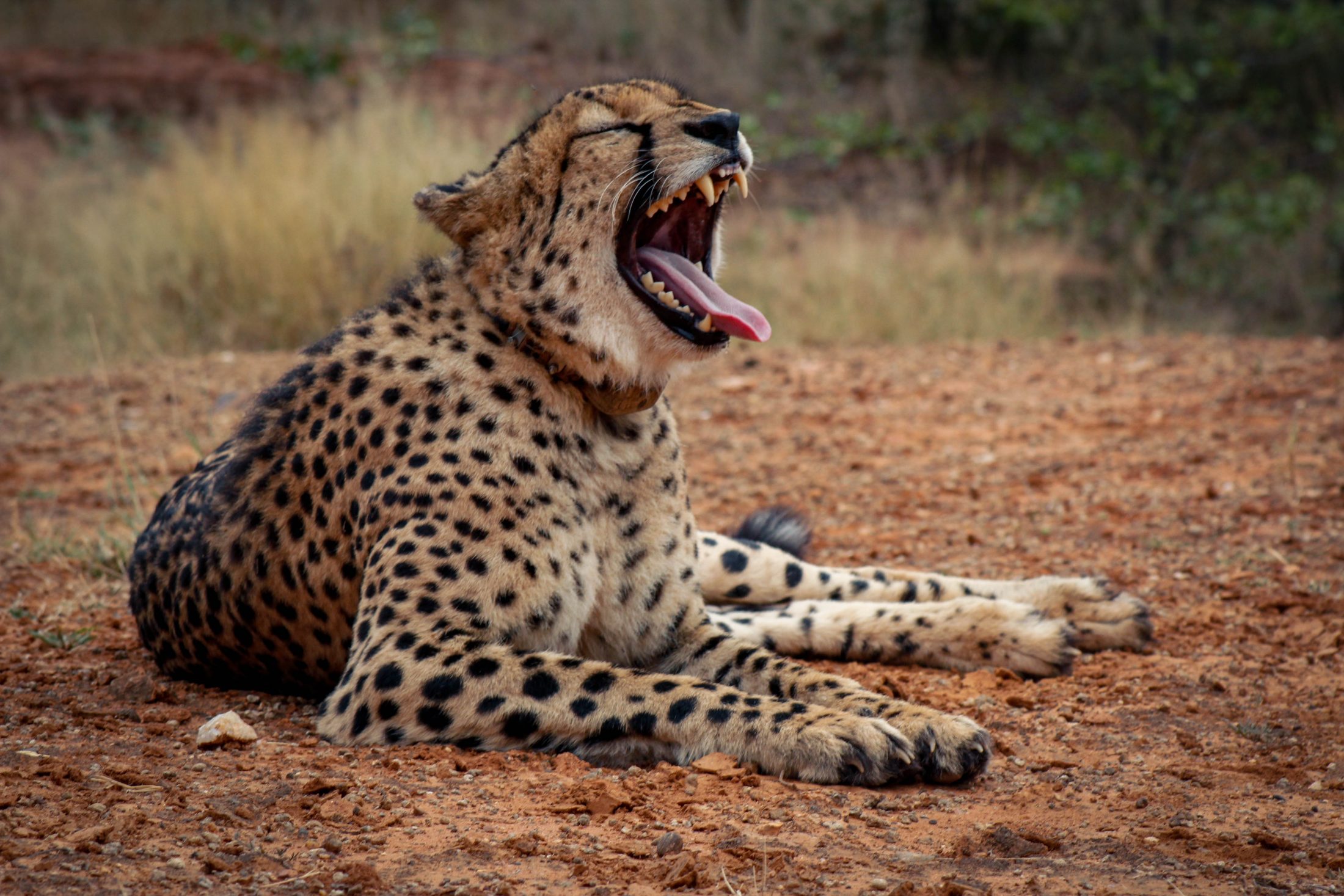
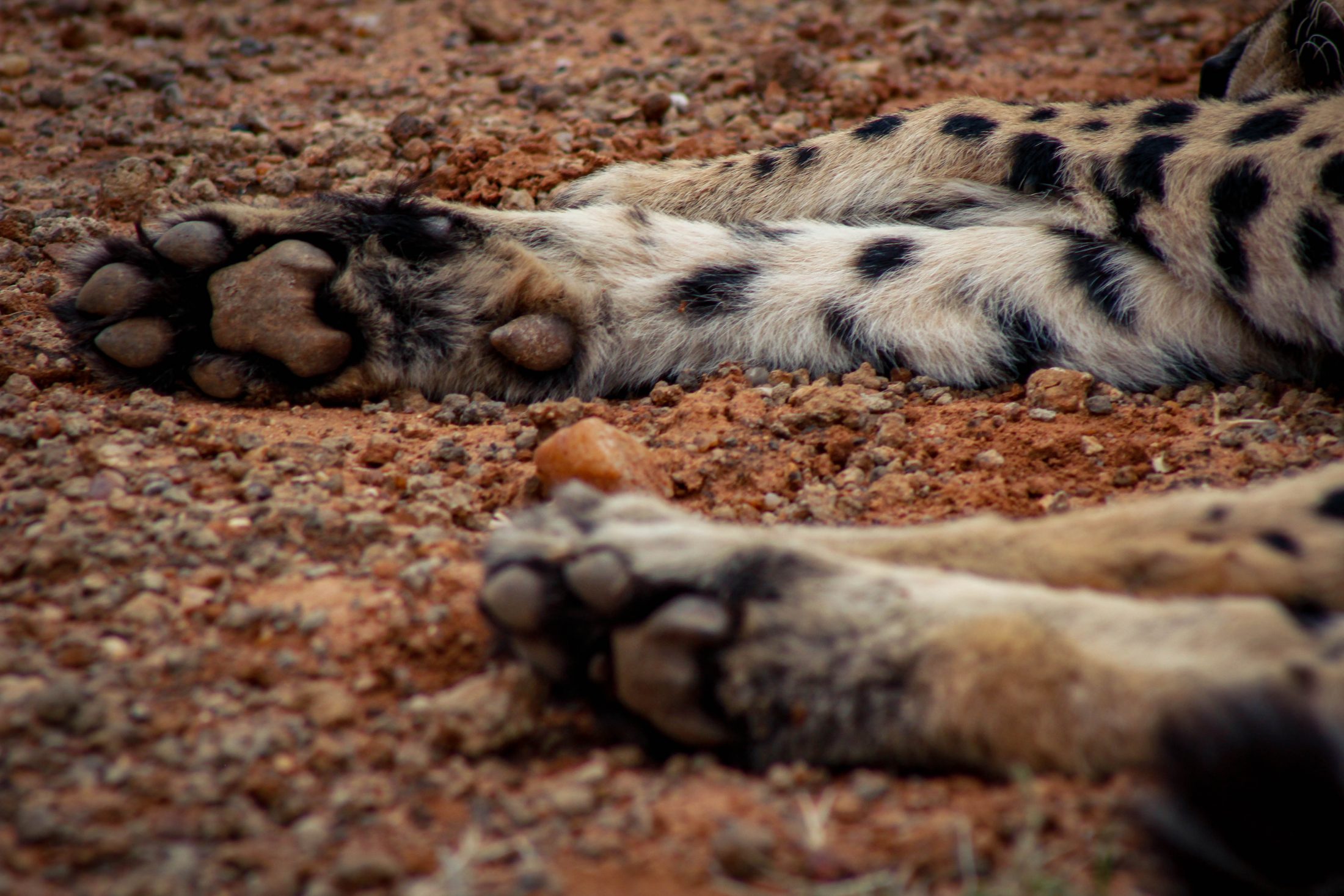
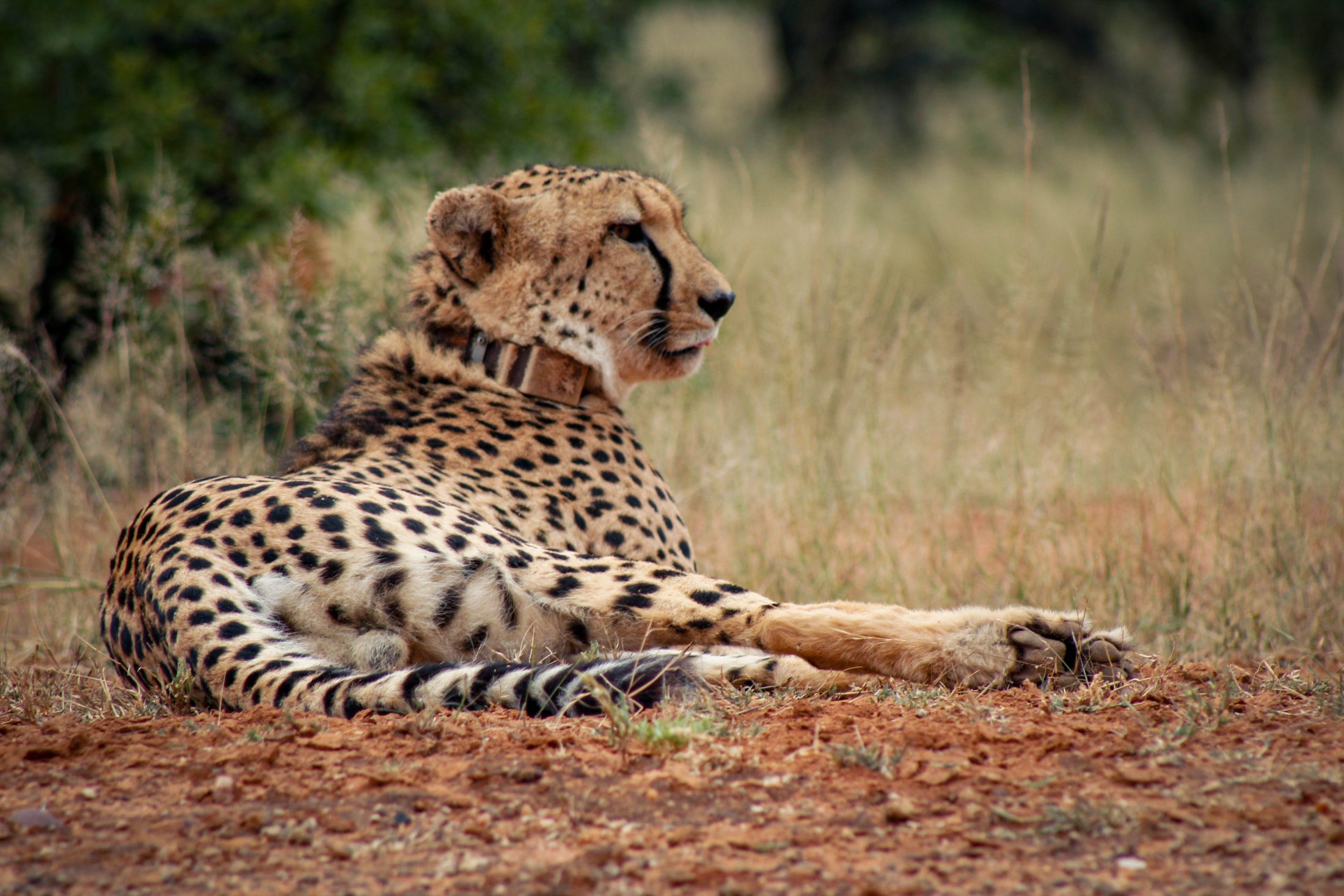
Cheetah Conservation Efforts at Selati Game Reserve
Selati Game Reserve provides a 27,000ha protected natural landscape as a home for wild cheetahs. In conjunction with SANParks, Selati Game Reserve is involved in the management of the South African cheetah meta-population. In 2015 with the guidance of The Endangered Wildlife Trust’s (EWT) Cheetah Range Expansion Project, we established our own cheetah population by introducing an adult male and an adult female onto the reserve. In order to prevent inbreeding and boost genetic variability within the cheetah meta-population of southern Africa, individuals are swapped between reserves according to genetic and familial relationships. The EWT has overseen the swapping of individuals across the managed meta-population since 2011 through their Cheetah Range Expansion Project.
Not only have Selati’s cheetahs thrived on the property, they successfully bred shortly after being introduced and have continued to do their part in contributing to the species’ population growth. Monitoring each cheetah in the Selati population is critical in making sure the fragile population continues to flourish, which can be a tricky task given the vast home range of a cheetah.
Monitoring: The Importance and Application
Intensive monitoring allows us to collect valuable data about each individual’s home range, movement patters, prey preferences, social behaviour and mating habits. This data supports management decisions for both Selati and South Africa’s managed cheetah meta-population through collaboration with EWT. So how do you monitor an animal whose home range extends to every corner of the reserve? This is where collars and new technology come into play.

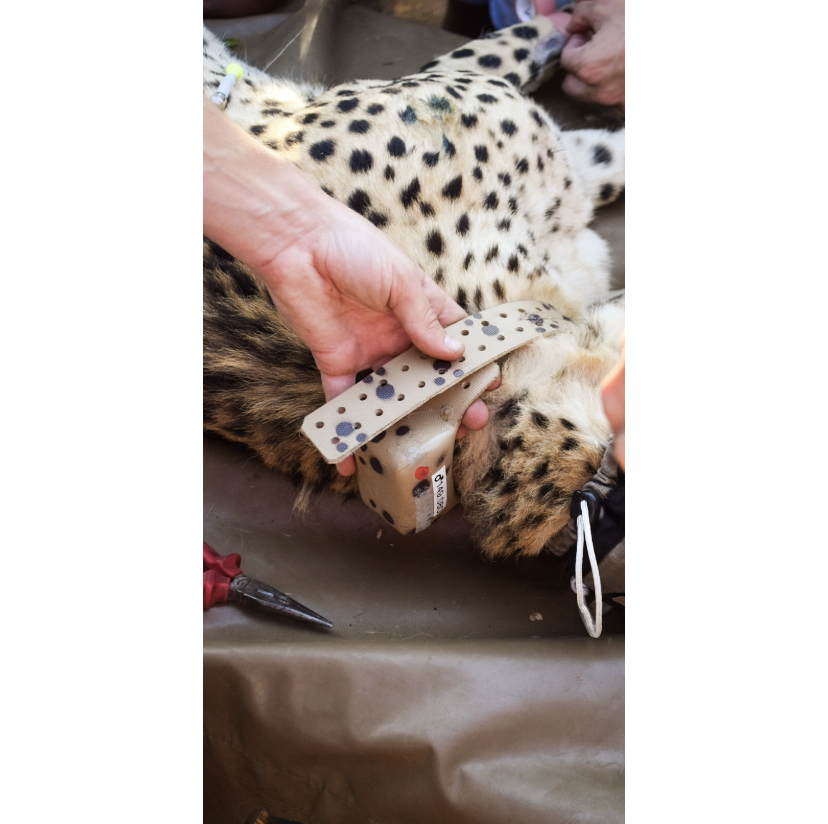
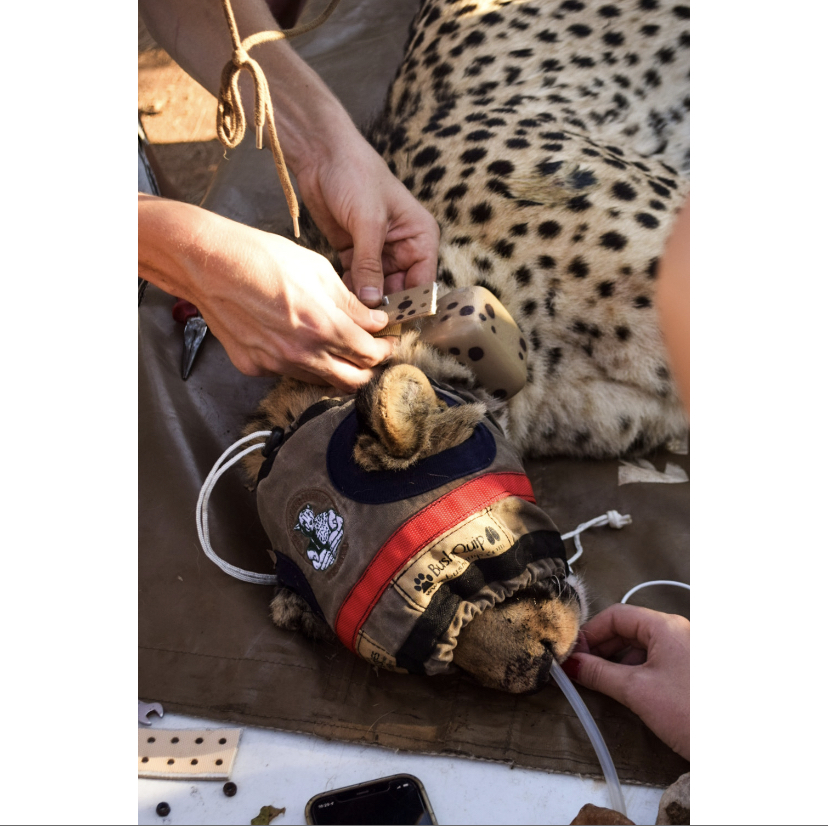
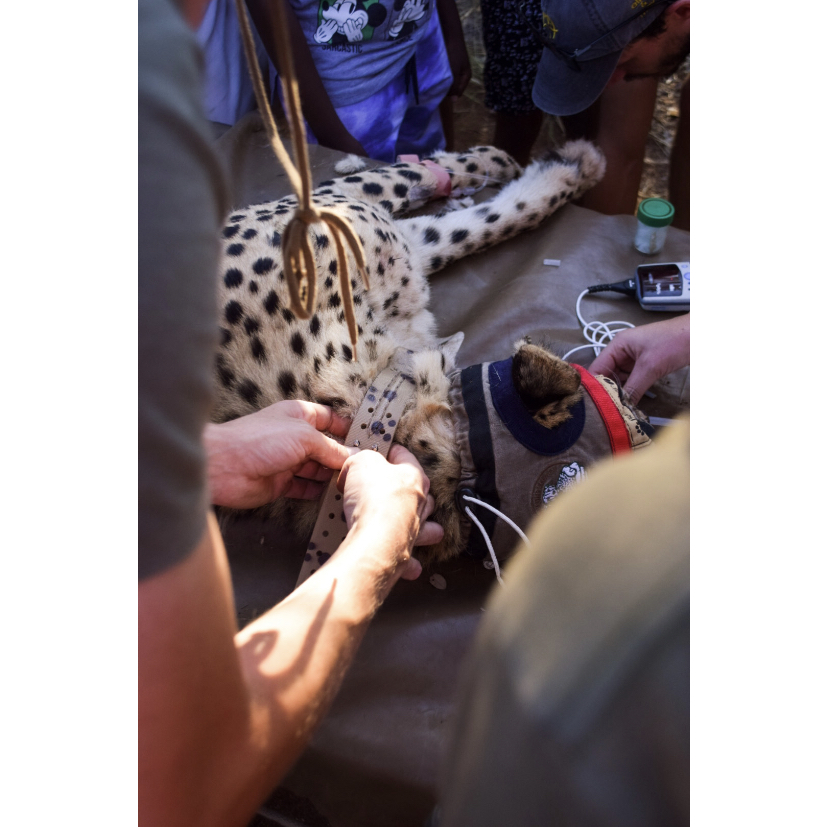
Thanks to IUCN Save Our Species and EU International Partnerships, our cheetah population has been collared, which enables our Research Team to find the cheetahs on the ground. Most recently, one of the two male cheetahs was re-collared after his previous collar was low on battery. His new collar is equipped with a newly-developed technology which allows near real-time GPS tracking through the use of a LoRa network set up across the reserve. The GPS “pings” give our Research Team a head start on the area to begin looking for the cheetah – and cutting back on the amount of time spent looking for them means there is more time spent observing their behaviour. The same collars have been deployed on lions and wild dogs on Selati, which allows the Research Team to respond quickly if the lions get too close to our more vulnerable predators. The Selati Game Reserve’s conservation efforts are ever-changing and constantly improving, and we are very excited about the new technology which allows us to grasp a deeper understanding of the Selati cheetah population as well as the whole cheetah meta-population of southern Africa.
Through Selati Game Reserve’s conservation efforts, we aim to support and bolster the genetic diversity and population growth of the Cheetah as a species, and we are privileged to be a part of this conservation journey.



